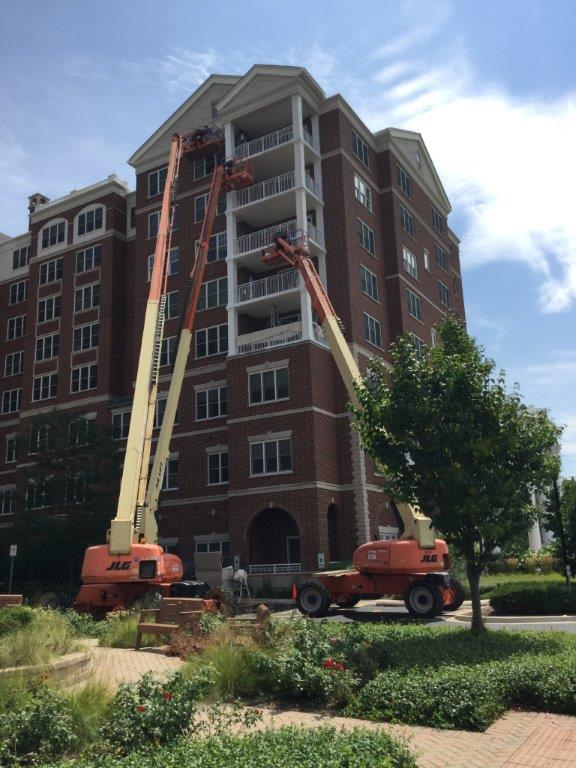Three factors to consider before buying a scissor lift
 It looks like the perfect deal. A lightly used 19-foot scissor lift, only a couple of years old is about 30% cheaper than if you purchased it new. You’ve been renting one for a few years now, and have a good feeling more work requiring this piece of equipment is on the horizon. But Andrew Amrhein, a business consultant with Nolan Summit Services, Inc. in Pennsylvania—who works with his share of contractors and paint pros—says you should do a solid gut check, first. There may be some unknown factors you’re overlooking.
It looks like the perfect deal. A lightly used 19-foot scissor lift, only a couple of years old is about 30% cheaper than if you purchased it new. You’ve been renting one for a few years now, and have a good feeling more work requiring this piece of equipment is on the horizon. But Andrew Amrhein, a business consultant with Nolan Summit Services, Inc. in Pennsylvania—who works with his share of contractors and paint pros—says you should do a solid gut check, first. There may be some unknown factors you’re overlooking.
“The worst thing to do is to buy a lift and have it sitting there not making money,” Amrhein added.
Storage, transport
Knowing if you have the space to store your lift is important, but also consider the added expenditure for a truck and trailer that might be needed to get the lift to and from the job site.
“One of the main reasons people rent versus buy is they don’t have to worry about transporting it,” added Joe Dixon, COO of BigRentz.com, an equipment rental company that counts scissor lifts as one of its most requested rentals.
A $15,000 lift purchase could end up costing two or three times that if this question isn’t thought through.
Business sustainability
If you’re a smaller company, springing for a lift eats into your profit until the equipment pays for itself. Ask yourself if the business needed in order to pay for that lift will be here next year, the following year and in three years, adds Amrhein. If you can’t point to a long history of business with that customer whose jobs require a lift, or you don’t have signed contracts for these types of jobs for at least the immediate future, stick with renting, Amrhein says.
“Ask yourself, ‘Am I doing enough revenue to cover it, or do I need to expand business to cover it? And then, is there enough opportunity out there to do this?’” he noted.
Beyond break even
Taking on a new expense will have any smart business owner thinking about how much time it will take for the equipment to pay for itself. But breaking even really only starts the conversation.
Amrhein says a piece of equipment should be seen as a revenue generator. How much business can you now do with this piece of equipment that you couldn’t do in the past? And how much more work will now come as a result of owning that great new scissor lift? Those revenue numbers tied to these answers should squash your equipment costs in short order, and if not, that scissor lift rental will do just fine, Amrhein says.
_______________________________________________________________________________________________
Photo: McCahill Painting Company




